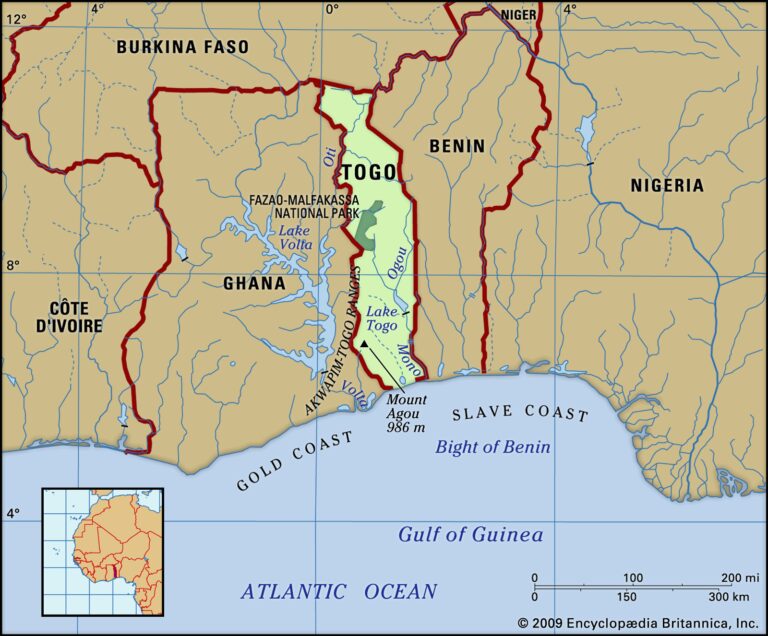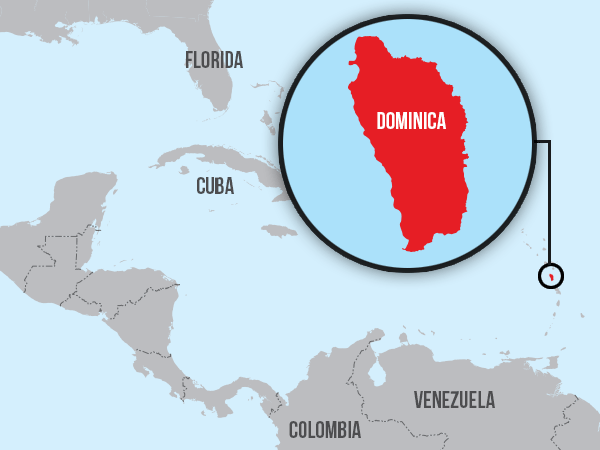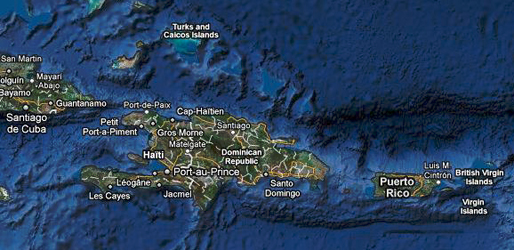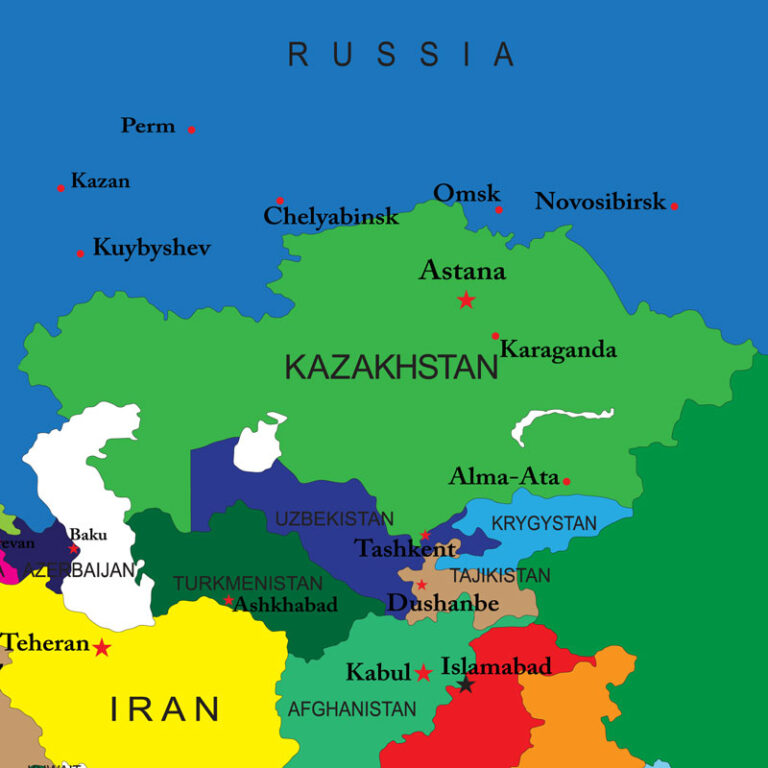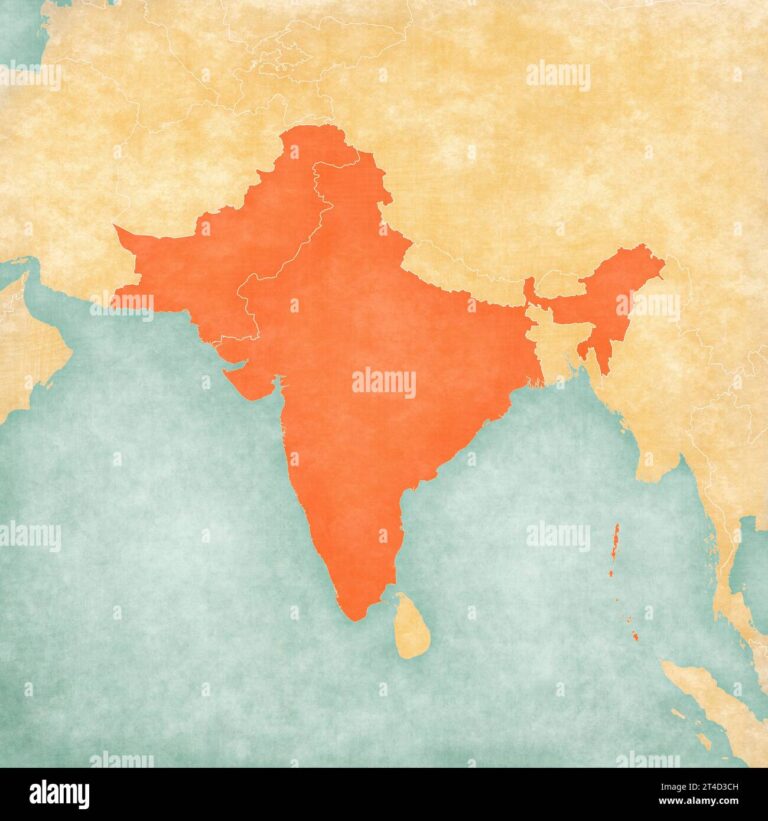Suriname Neighbouring Countries and South American Borders
Suriname’s Neighbors
Suriname is chillin’ on the northeastern bit of South America, hugged by three countries: Brazil, Guyana, and French Guiana. Getting a handle on Suriname’s buddies next door helps us learn about the area’s map and the politics that come with it.
Western Border Countries
Suriname cozies up to Guyana on its west side. This border stretches about 520 miles (World Atlas) and has had its fair share of dust-ups. The scuffles trace back to colonial tiffs between the Dutch, finally hammered out in 1799, with the Courantyne River marking the spot where Suriname returned to Dutch hands (Wikipedia).
One major spat brewed over a patch called the New River Triangle. When folks figured out the New River was Courantyne’s source back in 1871, it set off a ruckus. Talks eventually sliced up the land between Suriname and then-British Guiana (now Guyana) (Wikipedia). They even threw punches over sea borders in 2000, but an international court in 2007 finally calmed the waters, giving Suriname claim over the entire width of the Courantyne River.
Eastern Border Country
On Suriname’s east side, its border with French Guiana, a piece of France far from home, is about 345 miles (World Atlas). There have been squabbles here too, but they usually get hashed out around a diplomat’s table.
Heading south, you’ll find Suriname rubbing elbows with Brazil. This border, laid back and easy-going, hugs the landscape for roughly 320 miles and has been peaceful since back in 1906.
| Border | Country | Length (miles) | The Drama |
|---|---|---|---|
| West | Guyana | 520 | Courantyne River fights, New River Triangle mess, and sea battles — settled in 2007. |
| East | French Guiana | 345 | Border bickers here and there, worked out through talks. |
| South | Brazil | 320 | Cool as a cucumber since 1906. |
If you’re curious about neighbors in other spots, check out our pieces on San Marino’s neighbors or Saudi Arabia’s next-door nations.
Digging into Suriname’s borders gives you a sneak peek into the region’s vibes and any political wrangling going on.
Border Disputes
Suriname’s faced its share of border tussles, giving the country the unique shape we see now, and shaping the way they chat with their neighbors up north in South America.
Historical Conflicts
Suriname’s got stories to tell, especially about its eastern and western edges where things have gotten a little heated over the years.
Eastern Border Conflict
From 1860 to 1915, there was quite a back-and-forth between Suriname and French Guiana about where exactly their line in the sand was near the Maroni River. After a few decades and some arbitration business in 1915, they decided the Lawa River was the rightful headwater.
In 1885, they struck gold—literally—between the Lawa and Tapanahony rivers. The rush for that shiny stuff put the borders in question once more. It was Tsar Alexander III of Russia who eventually drew the line in 1888, marking the Lawa River as the border.
Western Border Conflict
There’s been some drama on the west side, too. Way back in 1799, some rowing over borders between Dutch colonies finally got wrapped up, setting the Courantyne River as the boundary, swinging Suriname back to the Dutch playground.
Not too much later, the mystery of where exactly the Courantyne River starts led to the New River Triangle shakeup. It was quite the spat between what was British Guiana back then and Suriname. They settled it in 1936, thanks to a Mixed Commission who knew their rivers from streams.
Maritime Boundary Dispute
In 2000, the sea saw some action when Guyanese oil dudes bumped heads with Surinamese coast guards over who got what slice of ocean pie. The waves calmed after a tribunal with the Permanent Court of Arbitration knocked the gavel in 2007, sorting out the maritime lines for good.
Resolution Processes
Suriname knows how to bring in the peace with a little help from arbitrators and negotiators, keeping things cool and the borders neat.
| Conflict Type | Year | Resolution Method | Arbitrating Body |
|---|---|---|---|
| Eastern Border | 1915 | Arbitration | Unspecified Arbitrator |
| Gold Discovery Dispute | 1888 | Arbitration | Tsar Alexander III of Russia |
| Western Border | 1799 | Negotiation | Dutch Colonies’ Agreement |
| New River Triangle | 1936 | Mixed Commission | British Guiana and Dutch Governments |
| Maritime Boundary | 2007 | International Arbitration | Permanent Court of Arbitration |
Thanks to these peace-keeping efforts, Suriname’s managed to keep its lines steady and chill with its neighbors. If border stories tickle your fancy, maybe check out how things go down with Spain’s next-door pals or what’s happening around South Korea.
Geographical Features
Getting to know Suriname’s geographical quirks opens up a fresh look into its one-of-a-kind natural charms. Here, we chat about its rivers, waterways, and land, showing off Suriname’s vibrant environment.
Rivers and Waterways
Suriname’s got a whole lotta rivers and waterways—it’s practically swimming in them! They add to the rich biodiversity around here and keep the aquatic life buzzing. Let’s spotlight some headliners like the Suriname, Marowijne, and Coppename rivers.
| River | Length (km) | Notable Features |
|---|---|---|
| Suriname River | 480 | Flows straight through the capital, Paramaribo |
| Marowijne River | 724 | Marks part of the line with French Guiana |
| Coppename River | 385 | Home of rich biodiversity |
These rivers are buzzing with critters you can’t find anywhere else (LAC Geo). Curious about what’s nearby? Peek at articles on senegal neighboring countries and slovenia neighboring countries.
Terrain and Landscapes
Suriname serves up everything from sandy beaches to thick forests. Its vast forests are a haven for animals dodging the chop in other parts (LAC Geo).
Some standout terrains are:
- Coastal Plains: Lying low along the Atlantic shore.
- Rainforests: Flora and fauna galore, snuggling up to 80% of the land.
- Savannas: Sipaliwini’s grassy playground mixed with scattered trees.
All these terrains bring something special to the amazing mashup of ecosystems in Suriname. Want the scoop on the lay of the land in nearby nations? Check out articles like serbia neighboring countries and slovakia neighboring countries.
Suriname’s distinct geographical characters make it an ecological gem in South America. Fancy a deeper dive into its natural goodness? It’s worth taking a closer look at the rivers and lands that make this place a wonder.
Trade Relationships
Suriname might be small, but don’t let its size fool you—it’s got quite the drama in global trade! This little spot on South America’s top right corner mingles with folks across the world. Knowing who Suriname hangs out with in terms of trade gives us the scoop on their money matters and global connections.
Export Partners
When it comes to packing up its goodies, Suriname doesn’t play favorites. Here’s who they’re sending stuff to:
| Country | Percentage of Total Exports |
|---|---|
| Switzerland | 23% |
| Hong Kong | 15% |
| Belgium/Luxembourg | 14% |
| Guyana | 12% |
| United Arab Emirates | 10% |
Suriname’s shipment list includes heavy hitters like gold and oil, along with farm-fresh goodness. Switzerland tops the list, thanks to its love affair with gold (CSIS). Hong Kong and Belgium/Luxembourg are all about their trade central perks, making them prime spots for Suriname’s exports. Right next door, Guyana tunes in because, hey, who doesn’t love a good neighborhood buddy? Meanwhile, the United Arab Emirates grabs its share thanks to its trade superpowers.
Import Partners
Now, let’s chat about who’s keeping Suriname stocked up. The country looks to the high rollers for quality goods. Here’s the lineup:
| Country | Percentage of Total Imports |
|---|---|
| United States | 24% |
| Netherlands | 20% |
| China | 18% |
The United States wears the import crown, dropping off everything from gadgets to industrial gizmos (CSIS). Then, there’s the Netherlands—old buddies with Suriname from back in the day—still sending over a mixed bag of goodies, from munchies to chemicals. China tags along offering wallet-friendly electronics and machinery.
By embracing both local vibes and global forces, Suriname keeps its economic engine running smooth. If you’re curious about other countries’ cross-border pals, like San Marino or Saudi Arabia, hop on over to our other articles for a quick peep!
Demographics and Culture
When it comes to Suriname and the neighbors it’s chillin’ next to, wrapping your head around their demographics and culture is a game-changer.
Ethnic Diversity
Suriname’s got a mix so diverse it puts a rainbow to shame, thanks to waves of folks moving here over the years. The largest crowd, the Indo-Surinamese, roll in at about 27.4% of the population, coming from the Indian subcontinent (Wikipedia). The Afro-Surinamese follow closely, making up 37.4%. They split into Maroons (descendants of those who ran away from slavery) and Creoles (a blend of African and other lineages).
You’ve also got the Javanese (14%) from Indonesia, along with a Chinese squad making up 7.3%. The plot thickens with the native tribes like Akurio, Arawak, and Kalina (Caribs), plus folks like Lebanese, Jews, and more making Suriname home.
| Ethnic Group | Percentage of Population |
|---|---|
| Indo-Surinamese | 27.4% |
| Afro-Surinamese | 37.4% |
| Javanese | 14% |
| Chinese | 7.3% |
| Indigenous Peoples | Minor percentages |
| Others (Lebanese, Jews, etc.) | Minor percentages |
All this variety spices up life in Suriname, from what’s cooking in the pot to the parties and celebrations in the streets.
Religious Composition
Now, let’s chat about faith. Suriname’s got a religious stew as diverse as its peoples. A bit over half the folks (51.6%) are riding the Christian wave, which includes Catholics, Protestants, and other Christian styles (Wikipedia). Hinduism, a nod to the Indo-Surinamese, clocks in at 19.8%. Islam comes third at 15.2%, popular among the Javanese and some Indo-Surinamese as well.
Throw in some folk traditions at 5.3%, plus a sprinkling of Buddhists and Jews, each under 1%. And don’t forget about the 6.2% who roll with no religious ties, as noted in the 2020 census.
| Religion | Percentage of Population |
|---|---|
| Christian | 51.6% |
| Hindu | 19.8% |
| Muslim | 15.2% |
| Folk Traditions | 5.3% |
| Buddhist | <1% |
| Jewish | <1% |
| No Religion | 6.2% |
These faiths color the calendar of Suriname with a blend of holidays and festivities, weaving community vibes and togetherness all around.
Getting a handle on Suriname’s demographics and culture shines a light on its social spirit and how it mingles with its buddies across borders. Curious about what’s going on next door? Check out the scoop on neighboring countries like Sierra Leone, South Korea, and Sudan.
Economic Challenges
Suriname is wrestling with some serious money woes, mainly revolving around its debt troubles and the quest for international financial help. This part zooms in on what exactly is causing the debt disaster and the importance of international financial aid.
Debt Crisis Overview
Suriname, sitting on the northeastern edge of South America, is a middle-income nation dealing with serious money problems, which have sparked anti-government protests. With a population hovering around 600,000, folks in Suriname are seeing their cost of living shoot up, thanks partly to what the government is doing to tackle a major debt crisis (Foreign Policy).
Since COVID-19 hit, Suriname has missed payments on its foreign debt three times. To try and fix things, the government yanked subsidies on must-have items like fuel and electricity. This was part of a deal with the International Monetary Fund (IMF) in December 2021. And boy, did that not sit well with the public, making things even messier.
| Financial Snapshot | Status |
|---|---|
| Population | ~600,000 |
| Foreign Debt Defaults | 3 times since 2020 |
| IMF Loan Deal | December 2021 |
International Financial Support
The IMF has taken a leading role in trying to fix Suriname’s financial situation, hoping that big lenders like the Paris Club and India would agree to cut Suriname some slack on their loans. The Paris Club gave the green light for a loan shake-up in June, with India jumping on board by January. On the flip side, China and some private money houses are still playing hard to get, leading to the IMF putting a lid on new loan payments to Suriname after March 2022 (Foreign Policy).
Suriname’s story shines a light on the cracks in how the world handles these kinds of debt headaches, especially after the pandemic. Top dogs from the G-20, the IMF, and the World Bank are keeping a close eye on the situation, trying to sort out more reliable and organized ways to tackle money troubles in countries like Suriname. It’s clear we need a better playbook to help nations in similar pickles.
For those curious about how other countries are managing similar woes, you might want to check out articles like sierra leone neighboring countries and somalia neighboring countries.
| Who’s Who | Debt Deal Role |
|---|---|
| Paris Club | Agreed to shake up loan terms |
| India | Signed on with a restructuring agreement |
| China | Still holding out |
| Private Lenders | Not on board yet |
| IMF | Paused loans due to incomplete payment plans |
Suriname’s financial tangle with international backing reveals bigger issues in how global debt struggles are tackled today. The challenges here highlight the pressing need for solid plans to manage financial tight spots for countries in similar jams.

